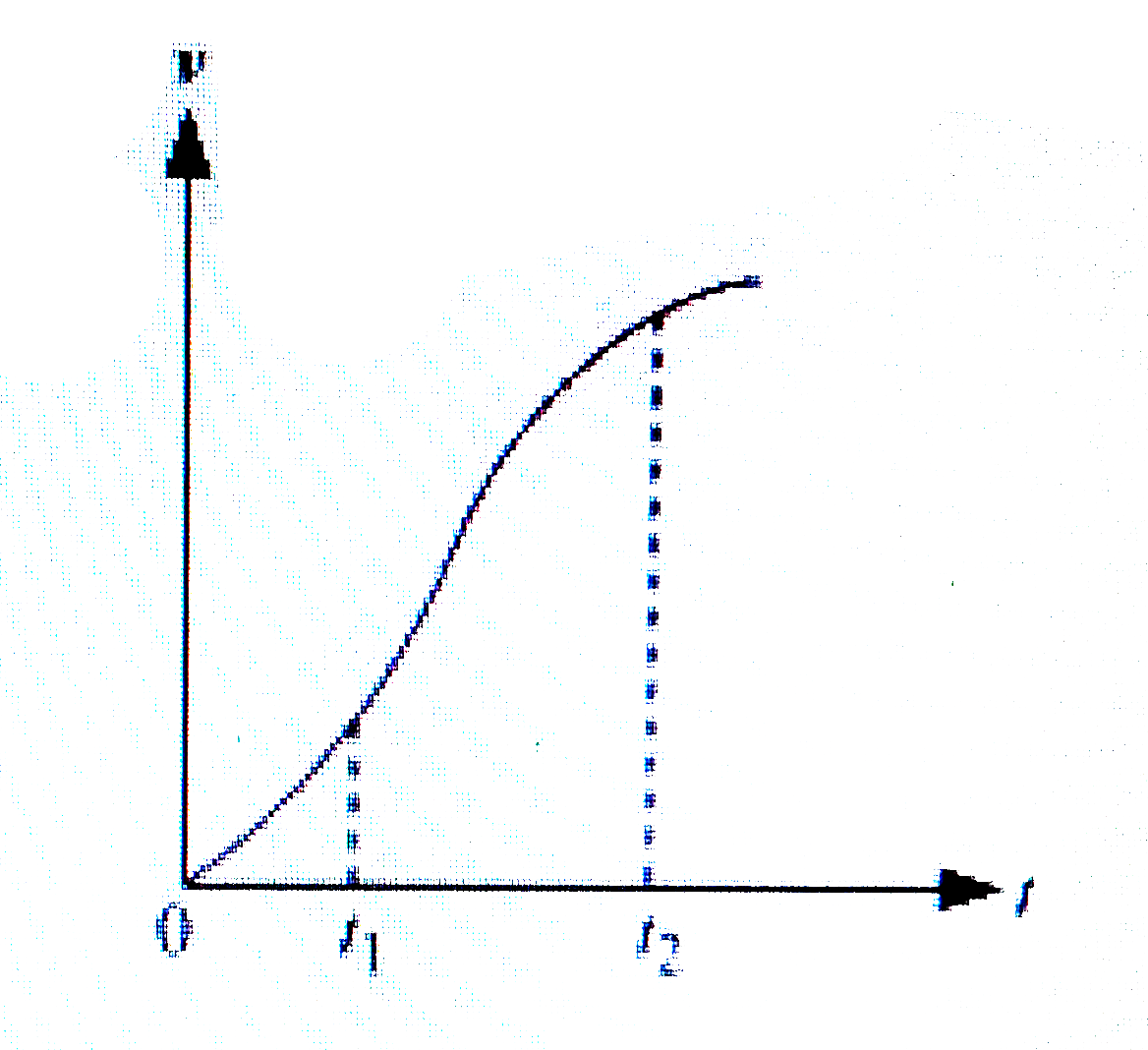For any arbitrary motion in space, which of the following relations are true?
(a) vaverage=(1/2)(v(t1)+v(t2))
(b) vaverage=[r(t2)−r(t1]/(t2−t1)
(c) v(t)=v(0)+at
(d) aaverage=[v(t2)−v(t1)]/(t2−t1)
The average stands for average of the quantity over time interval t1 to t2
b) and e) are true, others are false because relations a),c) and d) hold only for uniform acceleration.
Topper's Solved these Questions
- MOTION IN A PLANE BOOK - NCERT ENGLISHCHAPTER - MOTION IN A PLANE EXERCISE - EXERCISE
32 Videos
- MECHANICAL PROPERTIES OF SOLIDSBOOK - NCERT ENGLISHCHAPTER - MECHANICAL PROPERTIES OF SOLIDSEXERCISE - EXERCISE
21 Videos
- MOTION IN A STRAIGHT LINEBOOK - NCERT ENGLISHCHAPTER - MOTION IN A STRAIGHT LINEEXERCISE - EXERCISE
28 Videos
Similar Questions
Foe an arbitrary motion in sparce, which ot the following relations are true :
(a0 −−−−−−→avera≥=12[→v(t10+→v(t2)]
(b) →–––(avera≥)=[→r9t2)−→r(t−10]/(t2−t10
(c ) →v(t)=→v(0)+→at
(d) →r9t)=→r90)+→v(0)t+(1/2)→at2
(e) →aavera≥=[→v(t2)−→v(t−2)]/(t2−t1)1<br>Theavera≥standsforavera≥ofthewuantityoverthetime∫erval t_1andt2 ].
View SolutionThe velocity-time graph of a particle in one-dimensional motion is shown in Fig.:

(a) Which of the following formulae are correct for describing the motion of the particle over the time-interval t1 to t2:
(a) x(t2)=x(t1)+v(t1)(t2−t1)+(1/2)a(t2−t1)2
(b) v(t2)=v(t1)+a(t2−t1)
(c) vaverage=(x(t2)−x(t1))/(t2−t1)
(d) aaverage=(v(t2)−v(t1))/(t2−t1)
(e) x(t2)=x(t1)+vaverage(t2−t1)+(1/2)aaverage(t2−t1)2
(f) x(t2)−x(t1) = area under the v−t curve bounded by the t-axis and the dotted line shown.
View Solution
Knowledge Check
For any arbitrary motion in space, which of the following relations are true?
a) vaverage=(1/2)(v(t1+v(t2)
b) vaverage=[r(t2)−rt1t2−t1
v(t)=v(0)+at
d) aaverage=[v(t2)−vt1t2−t1
The average stands for average of the quantity over time interval t1 to t_(2)A→vaverage=12[→v(t1)+→v(t2)]B→vaverage=→r(t2)−→r(t1)t2−t1C→v(t)=→v(0)+→atD→r(t)=→r(0)+→v(0)t+12→at2Which of the following statements is correct about the average velocity of a particle?
(The average stands for average of the quantity over the time interval , t1 to t2 )A→vaverage=→v(t2)−→v(t1)2B→vaverage=→aaverage(t2−t1)C→vaverage=→v(t2)+→v(t1)2D→vaverage=→r(t2)+→r(t1)t2−t−1Let→V=vxˆi+vyˆj+vzˆk, then ∫t2t1Vy represents: (for the duration t1→t2)
ADistance travelled along y-axisBDisplacement along y-axisCTotal displacement - displacement along y-axisDTotal distance travelled - distance travels along y-axis
Following are four different relation about displacement,velocity and acceleration for the motion of a particle in general.Choose the incorrect one (S).
a) Vav=12[v(t1)+v(t2)]
b)Vav=r(t2)−r(t2)t2−t1
c)r=12(v(t2)−v(t1)(t2−t1)
d)aav=v(t2)−v(t1)t2−t1
View SolutionGive expression for average value of a.c. voltage V=V0sinωt over interval t=0 to t=πω
View SolutionA particle executes simple harmonic motion about x=0 along x-axis. The position of the particle at an instant is given by x=(5cm)sinπt. Find the average velocity and average acceleration for a time interval 0−0.5s.
Hint : Average velocity =x2−x1t2−t1
x1=5sin0
x2=5sin(π×0.5)
t2−t1=0.5
Average acceleration =v2−v1t2−t1
v=dxdt=5πcosπt
⇒aav=5πcos(π×0.5)−5πcosθ0.5
View SolutionA particle executes simple harmonic motion about x=0 along x-axis. The position of the particle at an instant is given by x=(5cm)sinπt. Find the average velocity and average acceleration for a time interval 0−0.5s.
Hint : Average velocity =x2−x1t2−t1
x1=5sin0
x2=5sin(π×0.5)
t2−t1=0.5
Average acceleration =v2−v1t2−t1
v=dxdt=5πcosπt
⇒aav=5πcos(π×0.5)−5πcosθ0.5
View SolutionThe quantity ∫t2t1→Vdt represents:
View Solution
